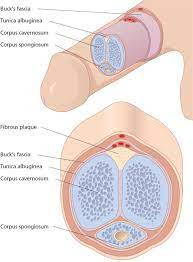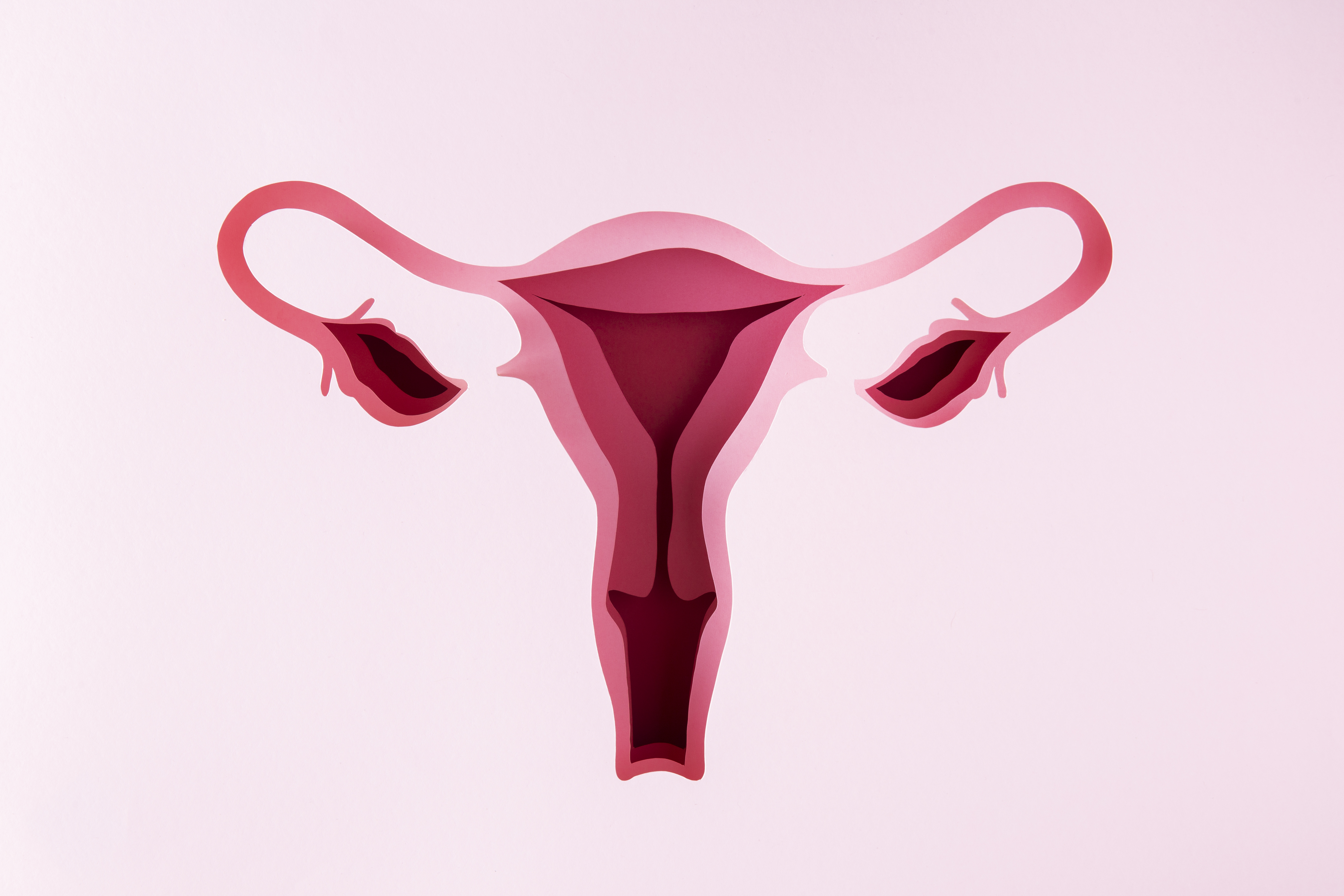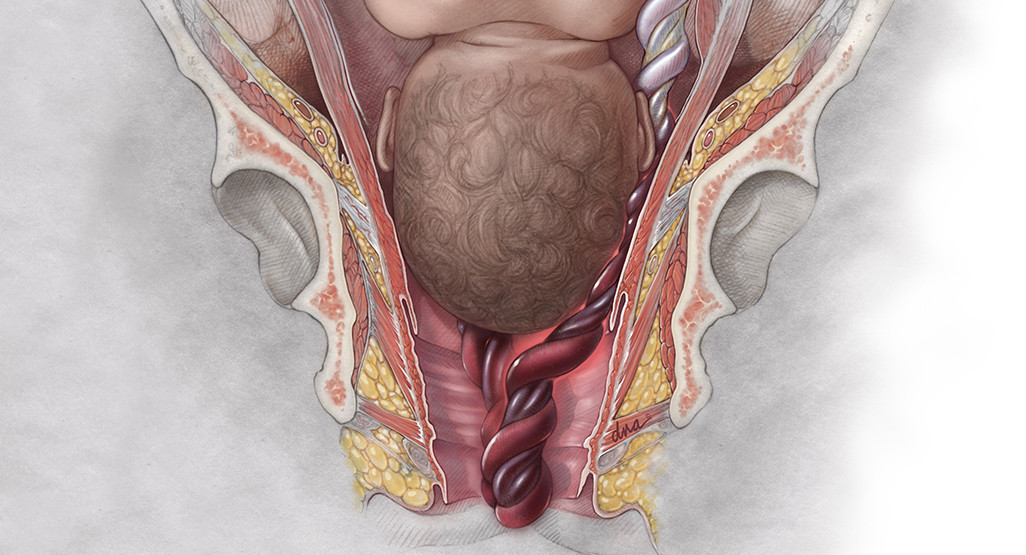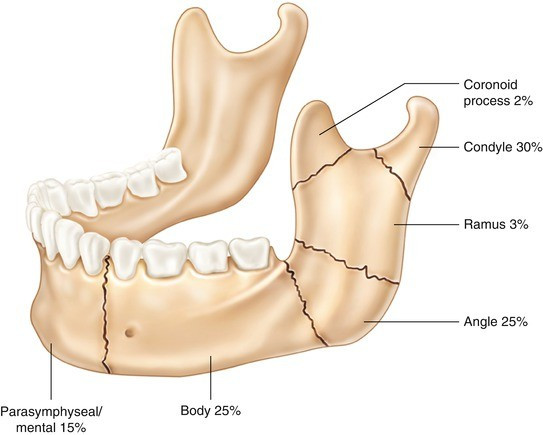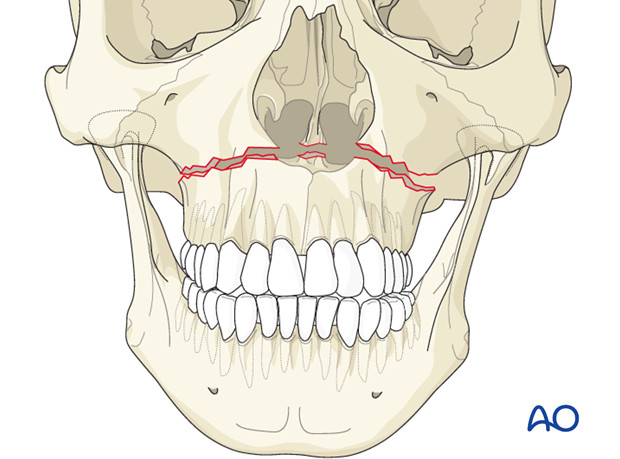Definition
Penile trauma is a medical emergency that can lead to penis injuries, including fractures, despite being a relatively resilient organ.
The penis serves dual functions in excreting urine and ejaculating semen. These functions rely on the urethra, a channel that transports urine from the bladder to the tip of the penis and also aids in ejaculating semen during climax.
Although uncommon, penile fractures can occur when an erect penis is forcefully struck or bent. Such trauma results in the tearing of the tunica albuginea, a fibrous covering of the penis. Immediate treatment is essential to mitigate the risk of subsequent sexual dysfunction and urinary complications.
Causes
Injuries to the penis are relatively uncommon compared to other parts of the body. Given its flexible nature, penile injuries typically occur when the penis is erect, often during sexual activity. For instance, an erect penis can bend or 'break' during vigorous sexual encounters.
Such injuries often lead to the accumulation of blood beneath the skin of the penis, resulting in swelling and bruising. The presence of blood at the tip of the penis or in the urine can signify potential injury to the urethral canal, warranting immediate medical attention.
The use of devices like penis rings, intended to enhance sexual performance, can also precipitate injuries. When applied too tightly or left on for extended periods, these devices may impede blood flow, leading to complications. Additionally, if the device becomes stuck when the penis enlarges during erection, it can cause trauma to the urethra or penis, particularly if positioned at the tip.
Various factors can contribute to penile trauma, including motor vehicle accidents, workplace mishaps involving machinery, gunshot wounds, burns, injuries sustained during sports activities, and excessively aggressive masturbation.
Risk Factor
While penile trauma can result from sexual intercourse, certain positions may increase the risk. For instance, in heterosexual intercourse, the woman being on top of the man can heighten the risk of penile trauma due to the angle and force involved.
Additionally, a tradition known as Taqandaan, practiced by some men in the Middle East or Central Asia, involves bending an erect penis to eliminate an erection or alter its shape or size. However, this practice carries a significant risk of penile injury.
Symptoms
Penile trauma during sexual intercourse typically manifests as sharp, intense pain in the penis, which is immediately felt upon injury. An erection, if present, will promptly disappear following the trauma.
In cases of penile fracture, a tear in the tunica albuginea—the fibrous covering of the penis—produces a distinct popping or cracking sound that may be audible. The injured area often exhibits bruising, with red or dark discoloration, along with swelling due to the accumulation of blood beneath the skin of the penis. If the urethral canal is involved, difficulty urinating may occur, and blood may be present at the tip of the penis or in the urine.
Diagnosis
The doctor will begin by inquiring about your current symptoms, the circumstances of the injury, and your medical history. Following this, a physical examination of your genitals will be conducted, which may include blood and urine tests to assess the extent of damage to the penis and urethra.
To examine the urethra for any damage, the doctor may use a fiber optic camera inserted into it. Additionally, a procedure known as retrograde urethrogram may be performed, involving inserting a contrast agent into the urethra while taking X-ray images. Leakage of the contrast agent from the urethra in X-ray results indicates potential damage to the urinary tract.
Ultrasound or MRI imaging may also be utilized to visualize internal structures and obtain detailed images of the penis.
Management
Penile Trauma Due to Sexual Activity
Treatment for penile fracture occurring during sexual activity typically involves surgical intervention. The primary objective of therapy is to restore or preserve the ability to achieve erections and urinate normally. Surgical procedures are associated with a lower incidence of complications such as erectile dysfunction, penile scar tissue formation, and alterations in penis shape.
The surgery is performed under anesthesia to ensure you remain pain-free throughout the procedure. During surgery, any blood clots accumulated beneath the skin of the penis are removed, and the doctor repairs any tears or damage within the penis. Following the operation, the penis is bandaged, and you may require hospitalization for 1 to 2 days. You may be discharged with or without a catheter depending on your condition. Antibiotics and pain medication will be prescribed to aid in your recovery. Additionally, you will be scheduled for a follow-up visit to monitor the healing process of the penis.
Subsequently, place the amputated part in a plastic bag, and then put the plastic bag in a cooler bag surrounded by ice water.
It's important not to directly immerse the amputated organ in ice water to prevent damage to the penile tissue. There's a possibility that the penis can be reattached within a timeframe of approximately 16 hours. However, the likelihood of the penis functioning normally again after surgery will depend on the extent of the penile injury.
Serious Trauma
In the rare event of accidental severance or amputation of a part of the penis, immediate action is crucial. Wrap the detached part of the penis in sterile gauze soaked in a saline solution.
Prevention
While most cases of penile fracture occurring during sexual intercourse and minor penile injuries can heal with prompt medical treatment, complications may still arise, including:
- Infection
- Erectile dysfunction resulting from nerve or blood flow obstruction to the penis
- Priapism is a condition characterized by prolonged and painful erections
- Curved penis, known as Peyronie's disease, which may develop after the injury has healed
When to see a doctor?
If you have a penis injury, immediately visit a doctor. If not treated immediately, penis trauma can cause permanent damage to the penis, which can lead to erectile dysfunction and impairedness in the seed.
Looking for more information about other diseases? Click here!
- dr Hanifa Rahma
Penile Trauma: Symptoms, Diagnosis & Treatment - Urology Care Foundation. Retrieved 24 August 2022, from https://www.urologyhealth.org/urology-a-z/p/penile-trauma.
Penile Fracture: Symptoms, Treatment, Recovery, and More. (2017). Retrieved 24 August 2022, from https://www.healthline.com/health/mens-health/penile-fracture#symptoms.
Penile Fracture: What Is It, Causes, Symptoms & Treatment. (2021). Retrieved 24 August 2022, from https://my.clevelandclinic.org/health/diseases/21707-penile-fracture.


